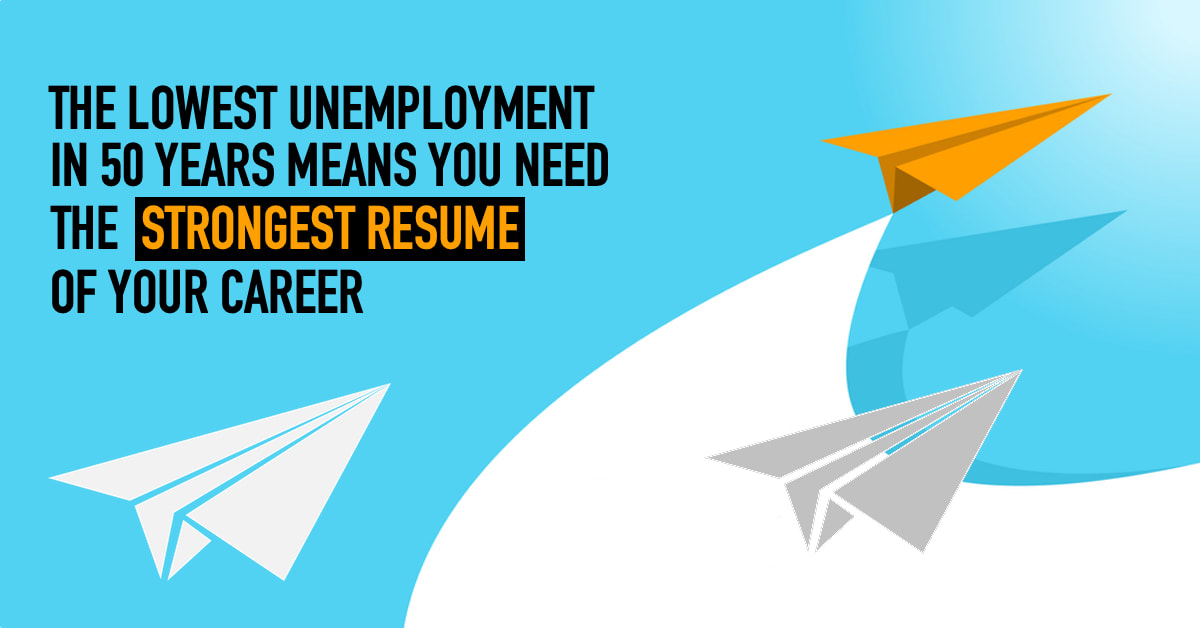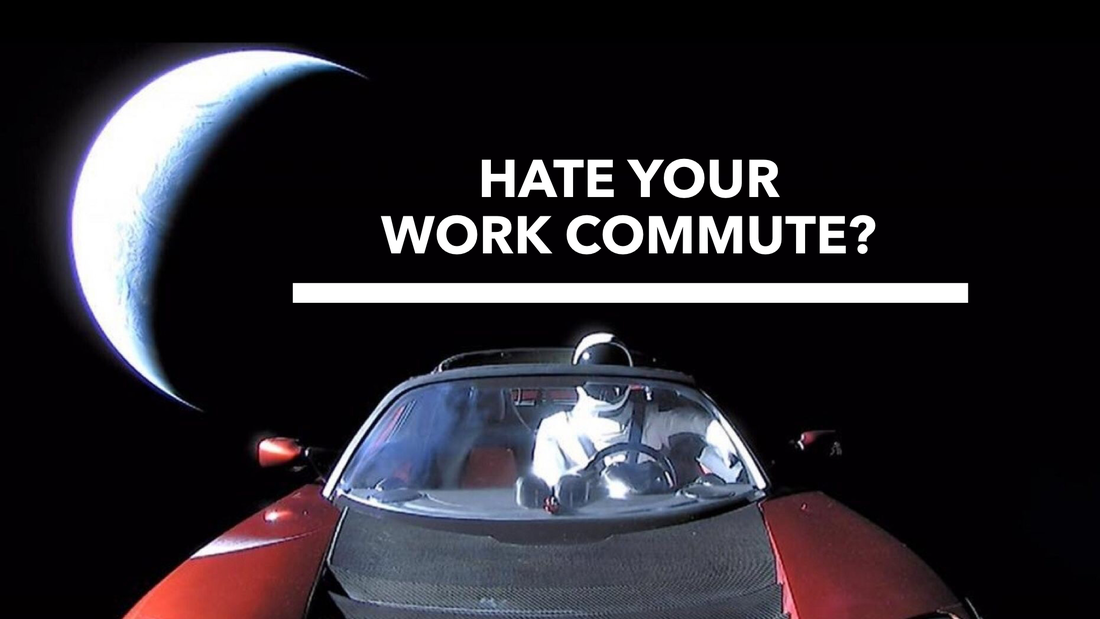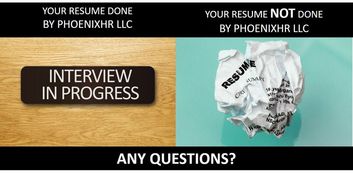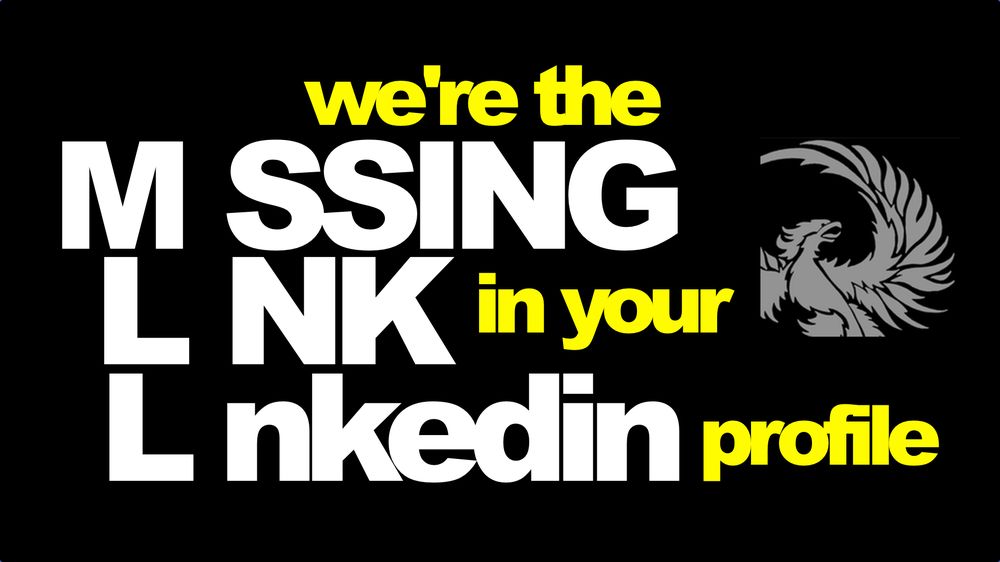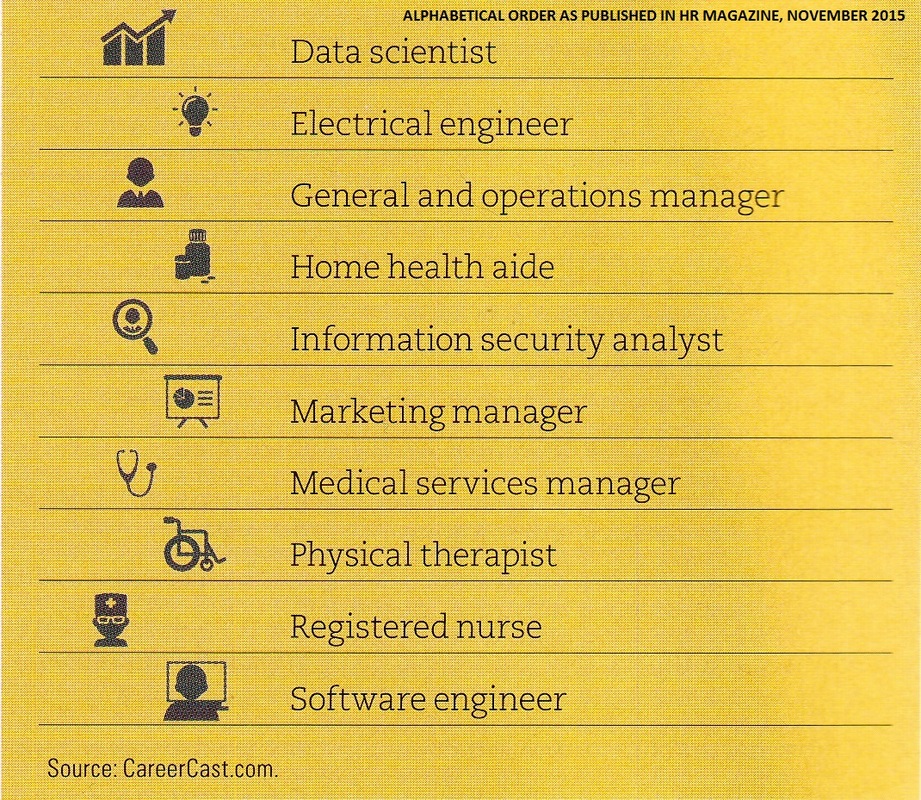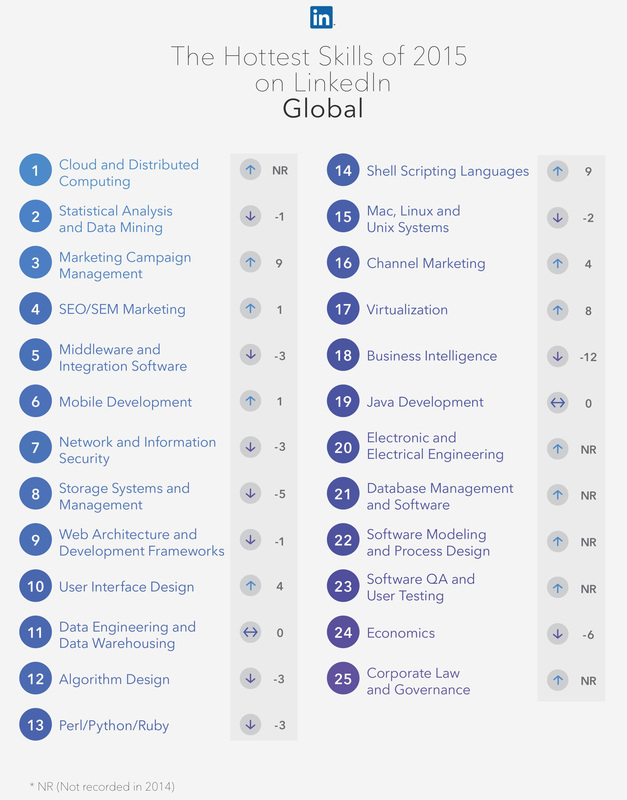#1: Wages Aren't What They Used to Be
Yes, it true that today's unemployment rate is the lowest it’s been since around 1969. But look under the hood, and the news is less cheery. Among the findings established by various studies:
- More people are back to work, but many of them have had to settle for jobs paying considerably less than they were making before the Great Recession.
- Wage growth is not only nearly stagnant, it’s running behind what it was in 2016-2017 when inflation was lower.
- Median income of the middle class in 2016 is about the same as it was in 2000.
- Even in the tech sector, long seen as the home of high-paying jobs, wages are slipping. A study published in November 2018 found that 9 out of every 10 Silicon Valley jobs pays less now than when Netflix first launched in 1997.
- A 2017 analysis of Federal Reserve data found that with a median household income of $40,581, millennials earn 20 percent less than boomers did at the same stage of life, despite being better educated.
#2: You Work in a Salary Ban State
As of August 2018, 11 states and 9 cities in the US have enacted salary history bans to help fight the gender pay gap. A growing number of companies - including Amazon, Wells Fargo, American Express, Cisco, Google and Bank of America - are staying one step ahead by proactively changing their hiring practices and eliminating questions about pay history.
If you're looking for a new job, salary bans offer you an opportunity to negotiate a pay rate that fairly reflects your value. But first, you have to win that interview...and in the absence of being able to look at your salary history, employers will be examining your resume much more closely. Regardless of your gender, if your resume does not have a strong, clear and compelling value proposition, you won’t get called for interviews…or win a seat at the negotiating table as a finalist candidate.
If you're looking for a new job, salary bans offer you an opportunity to negotiate a pay rate that fairly reflects your value. But first, you have to win that interview...and in the absence of being able to look at your salary history, employers will be examining your resume much more closely. Regardless of your gender, if your resume does not have a strong, clear and compelling value proposition, you won’t get called for interviews…or win a seat at the negotiating table as a finalist candidate.
#3: You Have Job Challenges
Once again, today's low unemployment rate is not all roses and rainbows. Maybe you are already unemployed and are trying to get back to work...but face challenges like gaps in your employment history, fighting off age bias, or change careers.
Even if you are employed today, you might become unemployed tomorrow through no fault of your own. For example, in late November 2018, GM announced it will cut 15,000 jobs and Bayer recently announced it will cut 12,000.
Now that corporations have reaped from benefits of the 2018 Tax Cuts & Job Act, their focus will return to protecting profits more so than protecting jobs. Sadly, more and more long-service employees are getting caught in the layoff net…which includes people who haven’t given a thought to updating their resume in 10, 15 or more years…if they ever even had a resume at all. Dealing with the stress of unexpectedly losing your job is bad enough – you don’t want to add the stress of trying to figure out what your accomplishments have been for a long employment period.
Today's economic conditions can change quickly without warning....so you need to keep your resume current, powerful and at the ready. Job challenges like those mentioned here make coming up with a compelling resume very difficult – but not impossible - if you have the right professional help.
Even if you are employed today, you might become unemployed tomorrow through no fault of your own. For example, in late November 2018, GM announced it will cut 15,000 jobs and Bayer recently announced it will cut 12,000.
Now that corporations have reaped from benefits of the 2018 Tax Cuts & Job Act, their focus will return to protecting profits more so than protecting jobs. Sadly, more and more long-service employees are getting caught in the layoff net…which includes people who haven’t given a thought to updating their resume in 10, 15 or more years…if they ever even had a resume at all. Dealing with the stress of unexpectedly losing your job is bad enough – you don’t want to add the stress of trying to figure out what your accomplishments have been for a long employment period.
Today's economic conditions can change quickly without warning....so you need to keep your resume current, powerful and at the ready. Job challenges like those mentioned here make coming up with a compelling resume very difficult – but not impossible - if you have the right professional help.
#4: The Season is the Reason
If you are working for a company that pays annual bonuses in December, you may be waiting until the New Year to change jobs...which is coming up fast. January and February are two of the best months for long-term, full-time jobs because these are the months many employers receive their updated budgets and sales forecasts. Many recruiters also return to work after taking time off for the holiday season, which further helps speed up the hiring process in quarter one.
Are you a college student? Then any time between January and April is when you'll be applying for that coveted summer internship. Many students underestimate the enormous competition that exists for some of these internship positions. The competition is especially fierce in fields with high-demand jobs like data science and business intelligence. Colleges today give students little more than cookie-cutter guidance on creating an effective resume, let alone the professional, individualized help needed to produce a compelling resume despite limited work experience.
Dream jobs don't exist, but great jobs do...so whether you’re a seasoned professional looking for a new job for a new year or a college student planning your summer, the question remains: when a great job opportunity finds you (or vice-versa) will you have an updated and powerful resume ready to tell your story?
Are you a college student? Then any time between January and April is when you'll be applying for that coveted summer internship. Many students underestimate the enormous competition that exists for some of these internship positions. The competition is especially fierce in fields with high-demand jobs like data science and business intelligence. Colleges today give students little more than cookie-cutter guidance on creating an effective resume, let alone the professional, individualized help needed to produce a compelling resume despite limited work experience.
Dream jobs don't exist, but great jobs do...so whether you’re a seasoned professional looking for a new job for a new year or a college student planning your summer, the question remains: when a great job opportunity finds you (or vice-versa) will you have an updated and powerful resume ready to tell your story?
No matter what your profession, job goals or employment challenges, PhoenixHR LLC can help you manage all of the above situations…and more. Our 30 years of experience in human resources and hiring adds a unique strength to our resume and LinkedIn writing services. While there are many good resume writers out there, not every resume writer has deep HR experience or has done actual hiring across a wide range of positions and industries…but PhoenixHR has. Explore our company website and find out more about our LinkedIn, resume writing and career coaching services today.
Related: LA Times: Job growth beats expectations
Related: Mercury News: Silicon Valley wages have dropped
Related: USA Today: Millennials earn 20% less than Boomers did at same stage of life
Related: CNBC: GM CEO Mary Barra to meet with US lawmakers over job cuts
Related: Fortune: Bayer AG Is Cutting 12,000 Jobs
Related: LA Times: Job growth beats expectations
Related: Mercury News: Silicon Valley wages have dropped
Related: USA Today: Millennials earn 20% less than Boomers did at same stage of life
Related: CNBC: GM CEO Mary Barra to meet with US lawmakers over job cuts
Related: Fortune: Bayer AG Is Cutting 12,000 Jobs
This website (including its blog posts) is a service provided by PhoenixHR LLC, its partners, affiliates or subsidiaries (collectively, "Provider"). This website does not provide legal advice and Provider is not a law firm. Although we go to great lengths to make sure our information is accurate and useful, we recommend you consult a lawyer if you want legal advice. No attorney-client or confidential relationship exists or will be formed between you and Provider or any of our representatives. The graphic in this post was designed by Freepik.

